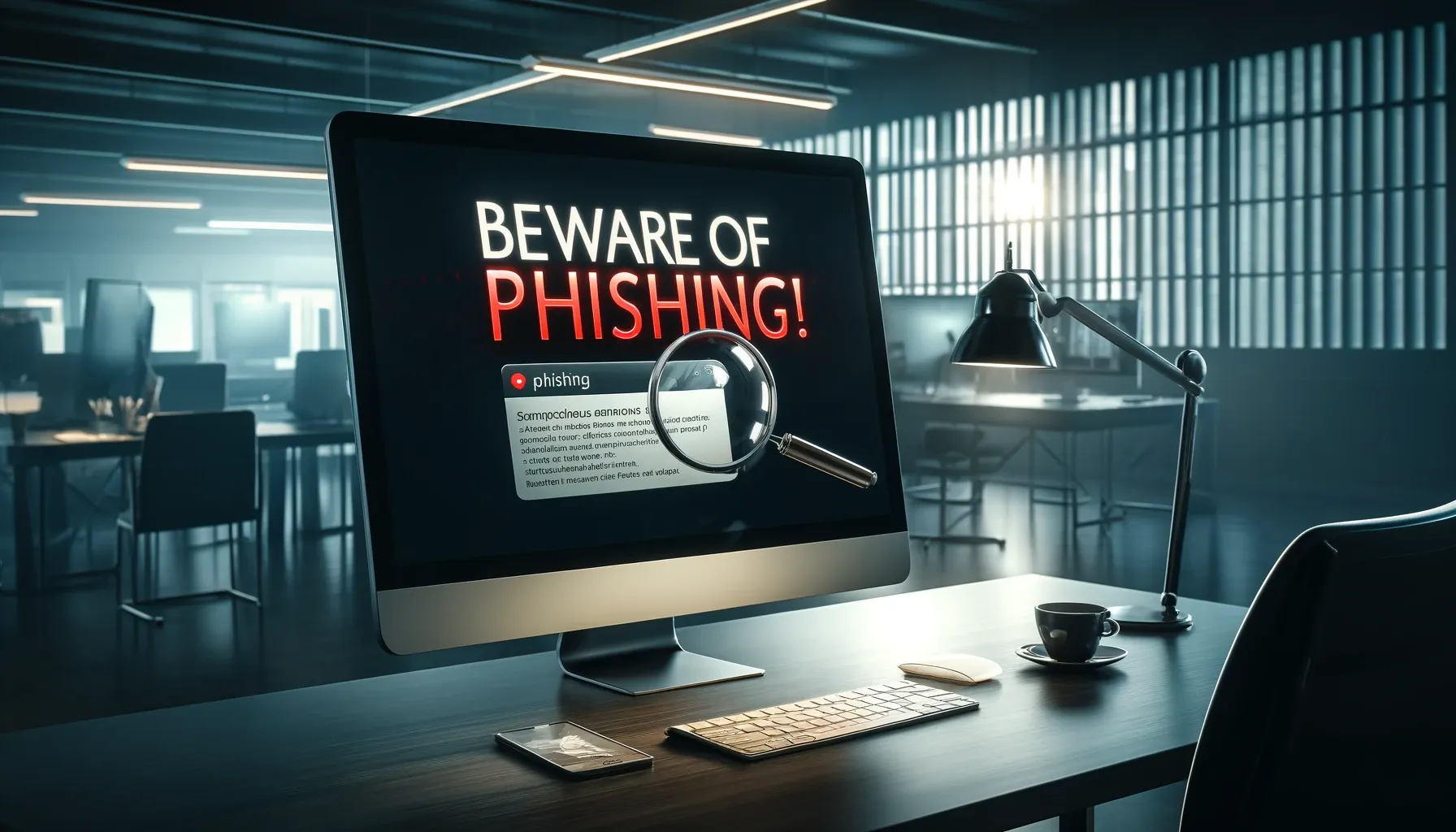
The Persistent Threat of Phishing: Strategic Insights and Preventive Training for Organizations
2024-05-16
Phishing remains one of the most insidious threats in the cybersecurity landscape, exploiting human vulnerabilities more often than technological gaps. As phishing techniques become more sophisticated, understanding these tactics and enhancing organizational defenses through targeted training and simulations is paramount.
Understanding Phishing: Key Indicators and Tactics
The evolution of phishing emails, facilitated by AI, means that grammar mistakes or odd language are no longer reliable indicators of phishing attempts. Today’s phishing emails are often indistinguishable from legitimate communications, crafted perfectly in any language.
- Urgency: Creating a critical situation that requires immediate action, often bypassing rational thought processes.
- Fear: Instilling fear about negative consequences, such as legal repercussions or account closure.
- Unusual Requests: Soliciting sensitive information under the guise of urgency, which a legitimate entity would not typically ask for via email.
Training employees to recognize these nuanced signs is crucial in fortifying an organization's defenses against phishing.
Types of Phishing: Mass Phishing vs. Spear Phishing
- Mass Phishing: Targets large groups with generic emails, relying on volume to secure a few victims.
- Spear Phishing: Involves emails tailored to specific individuals or organizations, using detailed personal or professional information, often sourced through Open Source Intelligence (OSINT). These are difficult to detect and highly effective due to their personalized and credible appearance.
Spear phishing attacks are more successful than mass phishing due to their bespoke nature, meticulously crafting scenarios that significantly increase engagement rates.
The Scale of the Phishing Problem
Phishing is responsible for 70-90% of all successful cybersecurity breaches, underscoring its effectiveness as a primary attack vector. This high prevalence highlights the necessity for organizations to elevate their phishing defense strategies.
The Role of Phishing Simulations in Cybersecurity Training
Regular, realistic simulated phishing attacks are vital for testing and improving defenses. They help employees recognize and respond to phishing attempts, enhancing their ability to handle real-world threats.
Importance of Frequent Testing
Consistent testing helps maintain high levels of vigilance and adaptability against phishing tactics.
Reporting vs. Click Rates
Understanding the dynamics between how often phishing emails are clicked versus how often they are reported is crucial for measuring security awareness and responsiveness.
Employee Response Scenarios to Phishing Attacks
| Action | Description |
|---|---|
| No Click and Report | Ideal response: avoids the threat and raises an alert. |
| Click and Report | Provides crucial data for mitigating damage, though not ideal. |
| No Click and No Report | Missed opportunity for feedback and learning. |
| Click and No Report | Most dangerous: high risk with no data to prevent future incidents. |
Effective Reporting Systems: Enhancing Organizational Response
Developing an effective phishing reporting system is integral to a proactive cybersecurity posture. Essentials for an effective system include:
- Accessibility and Simplicity: Ensuring that the process to report suspicious emails is straightforward and accessible.
- Continuous Training and Feedback: Offering regular training sessions on the latest phishing tactics and feedback on employees’ performance in simulations.
- Incentives for Reporting: Establishing rewards or recognition programs to encourage proactive security behaviors, reinforcing the importance of reporting over merely avoiding phishing traps.
Conclusion
As phishing attacks become more sophisticated and prevalent, organizations must prioritize enhancing their defensive strategies with comprehensive training, regular simulations, and robust reporting systems. These measures will significantly bolster an organization's resilience against phishing attacks, protecting sensitive information and maintaining the integrity of their digital infrastructure.
Comments